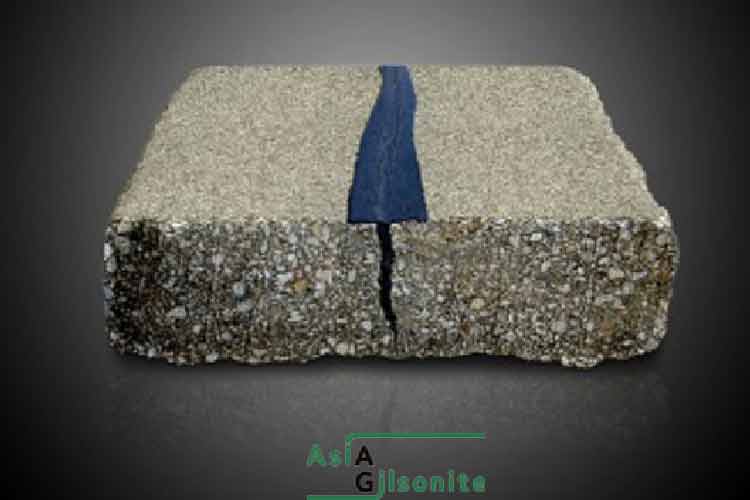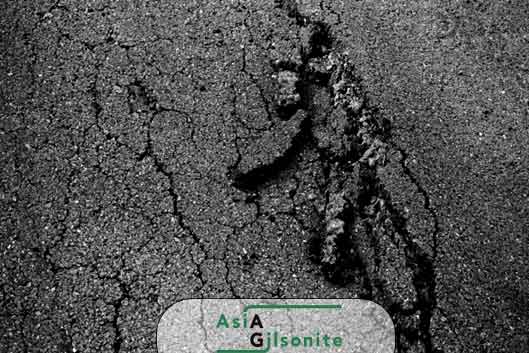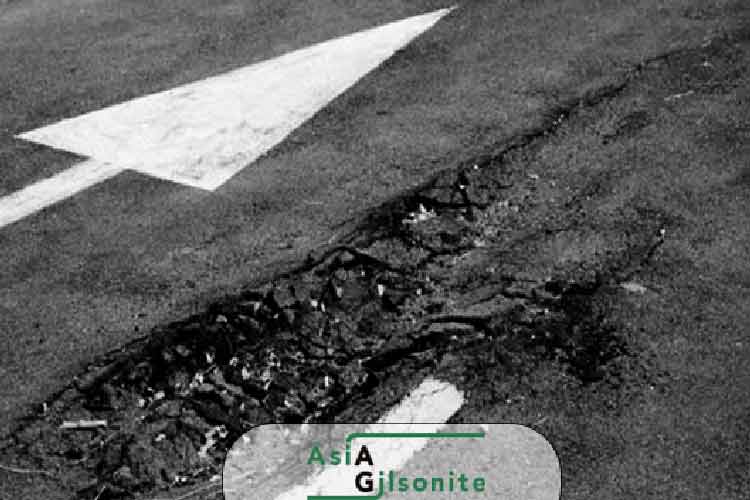Asphalt has been a popular paving option for roads, driveways, and parking lots for decades due to its durability, cost-effectiveness, and ease of installation. However, this widely used material is not without its drawbacks. Over time, asphalt can deteriorate, leading to cracks, potholes, and surface irregularities that can compromise safety and aesthetics. In this article, we’ll explore some of the most common asphalt disadvantages and how to prevent them.
Asphalt Disadvantages
While asphalt is a popular material for road construction and other applications, it does have some disadvantages. Some of the main drawbacks of asphalt include:
Heat Island Effect
Asphalt paving can absorb and retain heat, contributing to the “heat island effect” in urban areas. This can lead to higher temperatures and increased energy consumption for cooling buildings and vehicles.
Poor Drainage
Asphalt pavement is not as porous as other materials like concrete or gravel, which can lead to poor drainage and standing water on roads. This can increase the risk of hydroplaning and other driving hazards.
Limited Resistance to Heavy Loads
While asphalt is a durable material, it may not be as resistant to heavy loads as other materials like concrete. This asphalt disadvantage can lead to pavement deformation, rutting, and other forms of damage in areas with heavy traffic.
Limited Lifespan in Extreme Climates
In areas with extreme weather conditions, such as high altitudes or coastal regions with high salt content in the air, asphalt pavement may have a shorter lifespan due to increased exposure to UV radiation, moisture, and other factors.
Difficulty in Recycling
While asphalt can be recycled, the process can be complex and expensive. This can make it less economically viable for some applications, especially for smaller projects.
Susceptibility to UV Damage
Over time, exposure to UV radiation from the sun can cause asphalt paving to fade, become brittle, and lose its structural integrity. This asphalt disadvantage could lead to cracking and other forms of damage.
Non-renewable Resource
Asphalt is made from petroleum, which is a non-renewable resource. As petroleum supplies become scarcer and more expensive, the cost of asphalt may increase, making it less cost-effectively reasonable for some applications.
Poor Visibility
Asphalt pavement can be difficult to see in low-light conditions, especially when it is wet. This can make it more difficult for drivers to navigate roads safely.
Noise Pollution
Vehicles traveling on asphalt pavement can generate significant amounts of noise, which can be a nuisance for people living near busy roads.
Environmental Degradation
Another asphalt disadvantages is that the production and use of it can have negative environmental impacts, including air pollution, water pollution, and habitat destruction. Additionally, the disposal of old asphalt paving can contribute to landfill waste.
Limited Design Options
While asphalt is available in a range of colors and textures, it may not offer as many design options as other materials like concrete or brick. This can limit the aesthetic appeal of asphalt pavement in some contexts.
Vulnerability to Temperature Changes
Asphalt can become brittle in cold weather and soft in hot weather, which can lead to cracking, raveling, and other forms of damage. These temperature-related issues can make asphalt less durable over time.
Susceptibility to Water Damage
Asphalt is permeable, which means that water can seep through it and cause damage to the underlying layers of pavement. This can lead to potholes, cracks, and other forms of damage that require costly repairs.
Environmental Impact
One more asphalt disadvantage is that The production and transportation of it require significant amounts of energy and can contribute to greenhouse gas emissions. Additionally, asphalt paving can leach harmful chemicals into the soil and groundwater, which can have negative environmental impacts.
Maintenance Requirements
While asphalt is relatively low-maintenance compared to other materials, it still requires periodic repairs and maintenance to address issues like cracks, potholes, and surface deterioration.
Limited Lifespan
Even with regular maintenance, asphalt has a limited lifespan and will eventually require replacement. This can be costly and time-consuming, especially for large-scale road projects.
Methods to Neutralize the Disadvantages of Asphalt
Asphalt disadvantages are many, including being prone to cracking, requiring frequent maintenance, and contributing to the urban heat island effect. There are several ways to neutralize these disadvantages:
Use Improved Asphalt Mixtures
The use of advanced asphalt mixtures, such as stone mastic asphalt and asphalt modified with gilsonite, can improve the performance and durability of asphalt pavements. These mixtures are better able to resist cracking and deformation, reducing the need for maintenance and repair.
Implement Regular Maintenance
Regular maintenance of asphalt pavements, such as crack sealing, coating, and patching, can help prevent asphalt disadvantages from becoming larger and more costly issues. Regular cleaning of the paving asphalt surface can also help reduce the buildup of debris and pollutants that can contribute to the urban heat island effect.
Use Cool Pavements
Cool pavements such as cold-mixed asphalts and warm-mixed asphalts, which have a high solar reflectance and low thermal emittance, can help mitigate the urban heat island effect. These pavements reflect more sunlight and absorb less heat than traditional asphalt pavements, reducing the temperature of the surrounding environment.
Implement Green Infrastructure
Green infrastructure, such as trees and vegetated swales, can help reduce the impact of urbanization on the environment. Trees can provide shade and reduce the temperature of the surrounding environment, while vegetated swales can help capture and filter storm water runoff.
Use Alternative Paving Materials
Another method than can neutralize asphalt disadvantages is using alternative paving materials, such as previous concrete and permeable pavers, can help reduce the impact of impervious surfaces on the environment. These materials allow water to infiltrate into the ground, reducing the amount of storm water runoff and improving water quality.
Conclusion
Asphalt Paving has many advantages, but it also has some significant drawbacks that can lead to deterioration and safety hazards. To extend the lifespan of asphalt surfaces, prevent cracking, and improve safety for drivers and pedestrians, it’s essential to identify common problems and take proactive measures to prevent them. Regular maintenance, including crack sealing, resurfacing, and seal coating, can help to minimize asphalt’s disadvantages and prolong its useful life, ensuring safe, reliable, and long-lasting pavement for years to come.
By staying vigilant and proactive in addressing the challenges of asphalt pavement, property owners and managers can protect their investment and enhance the overall value and safety of their infrastructure.




